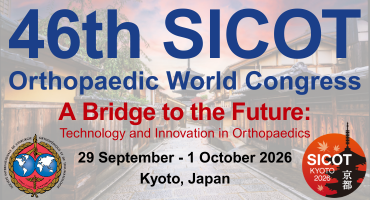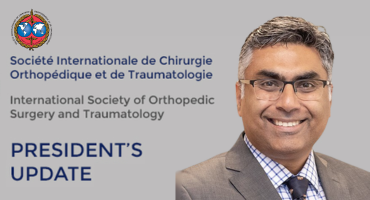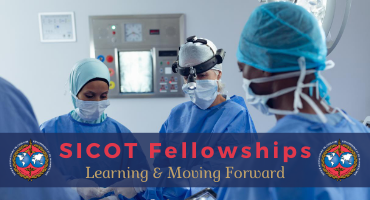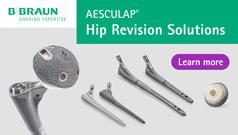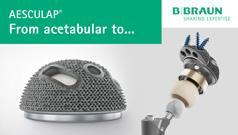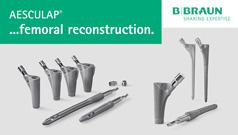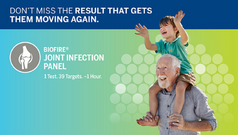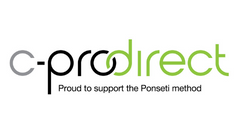Roles of a nonvascularized fibular graft with and without fixation in the treatment of segmental tibial bone loss: A finite element analysis
Injury. 2025 Sep 15;56(11):112764. doi: 10.1016/j.injury.2025.112764. Online ahead of print.
ABSTRACT
BACKGROUND: A nonvascularized fibular graft (NVFG) is considered to be an alternative option in managing segmental bone loss of the tibia. Nevertheless, there has been no consensus on optimal graft position and graft fixation technique. The purposes of the present study were to mechanically test the influences of various NVFG fixation techniques on the overall stability of the fixation construct by use of finite element analysis.
METHODS: Seven FE models of tibias with segmental bone loss stabilized with various fixation techniques were developed including medial and lateral plate-screw, medial and lateral plate-screw with a NVGF on the opposite cortex, medial and lateral plate-screw with an additional locking screw inserting into a NVGF, and intramedullary nail. Single-legged loading with 388 N applying on the tibial plateau was under consideration.
RESULTS: A NVGF placed on opposite cortex to the plate played an important role in withstanding bending moment which could reduce implant stress. An additional locking screw inserted into the NVGF helped to keep the NVGF in position and was essential for maintaining fracture gap width.
CONCLUSION: A NVFG with locking screw fixation could be an effective modality in managing segmental bone loss of the tibia. A construct of lateral LCP with a NVFG stabilized by a locking screw was mechanically superior to the others.
PMID:41004973 | DOI:10.1016/j.injury.2025.112764






